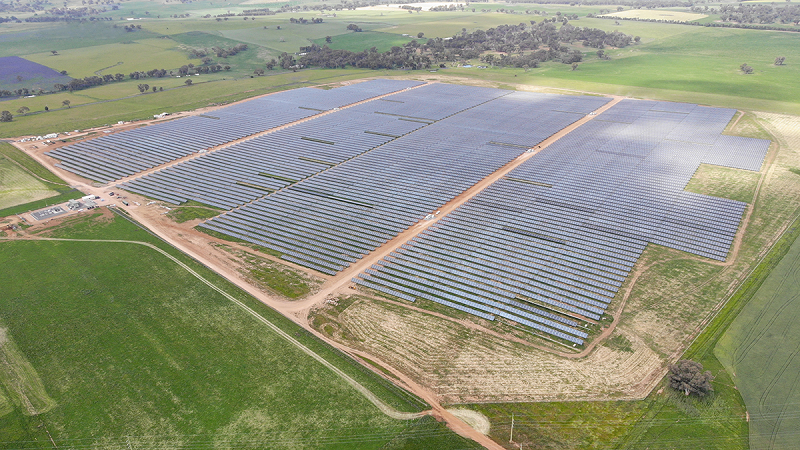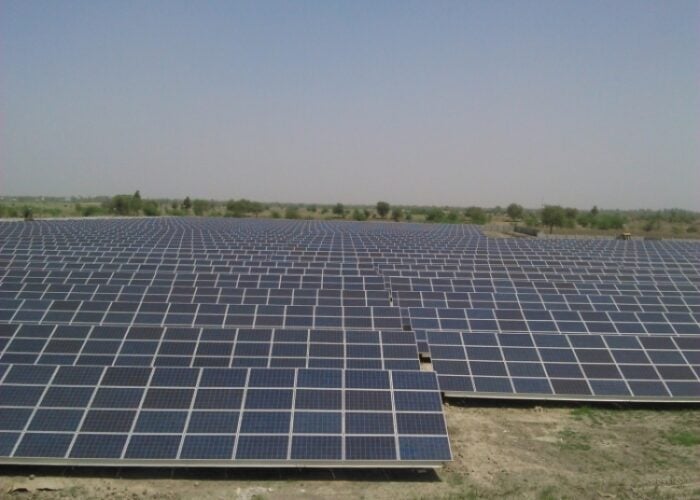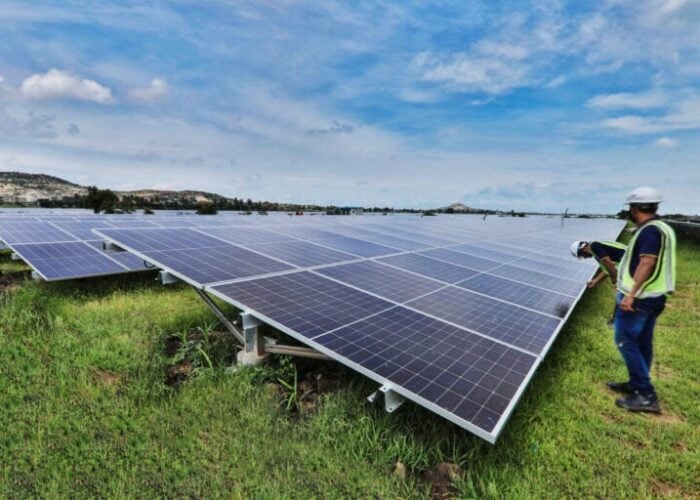
Australia’s New South Wales has increased its renewable energy targets to 16GW of new clean power generation by 2030 and 42GWh of long-duration energy storage (LDES) by 2034.
In its role as the New South Wales Consumer Trustee, AusEnergy Services Limited (ASL), formerly known as AEMO Services, has released revised targets for LDES and renewables in its 2025 Infrastructure Investment Objectives (IIO) Report and the inaugural NSW Generation Investment Outlook (NSW GIO).
Try Premium for just $1
- Full premium access for the first month at only $1
- Converts to an annual rate after 30 days unless cancelled
- Cancel anytime during the trial period
Premium Benefits
- Expert industry analysis and interviews
- Digital access to PV Tech Power journal
- Exclusive event discounts
Or get the full Premium subscription right away
Or continue reading this article for free
Indeed, according to ASL, the original legislated minimums, which stood at 12GW for clean power and 28GWh for LDES, would result in excessive electricity prices as the state transitions away from coal-fired generation, with 10GW set to be retired by 2035.
As such, the group has increased the targets by 33% for clean power generation and 50% for LDES.
ASL CEO Nevenka Codevelle said these revised targets are a “call to action – for more energy infrastructure to be delivered, sooner.”
“What we’re finding now is that to maximise consumer benefits, we need to target a greater infrastructure build both before and after 2030,” Codevelle added.
More than 50GW of generation plants in development
New South Wales has made substantial progress toward its renewable energy objectives. ASL states that the total capacity of constructed or secured generation infrastructure represents approximately 76% of the 2030 minimum objective.
ASL adds that New South Wales currently has more than 50GW of proposed generation plants in various development stages, including 12.5GW of projects with secured development approval.
This indicates that sufficient capacity potential exists, but challenges remain in accelerating project timelines. The IIO report acknowledges that meeting the new, more ambitious targets will require “an unprecedented level of support and coordination to reduce lead times and fast-track the commissioning of new capacity.”
As previously reported by PV Tech, New South Wales topped the rankings for the most attractive state for clean energy and energy storage investment in Australia. The state dethroned its northern neighbour, Queensland, following its turbulent start to the year after the success of the Liberal National Party (LNP) of Queensland, under the leadership of David Crisafulli, in the 2024 election.
Despite this, advocacy and engagement platform Clean Energy Investor Group (CEIG) cited several barriers as holding back further investment in New South Wales.
These include inconsistent planning requirements and delays, slow and complex Renewable Energy Zone (REZ) access, and uncertain coal closure timelines, which foster uncertainty.
Solar and wind to reach equal capacity by 2030
According to the IIO report, which aims to guide the state’s energy transformation under the Electricity Infrastructure Roadmap, large-scale solar PV and wind are expected to reach approximately 10GW of installed capacity each in New South Wales by 2030.
From 2030 to 2035, wind capacity is projected to double to approximately 20GW, while large-scale solar is projected to grow to approximately 13GW.
Although wind generation is set to scale dramatically in the next decade, the report notes that solar hybrid projects are gaining significant traction in the development pipeline.
For example, the report emphasises recent tender results that show the increasing significance of solar hybrids, including over 1GW of solar hybrid projects awarded under the first tender of the Capacity Investment Scheme.
Meanwhile, to support the ambitious development pathway for LDES project in New South Wales, ASL has outlined a Long-Term Energy Service Agreement (LTESA) generation tender plan consisting of four 7,000GWh per annum tenders across 2026-27, followed by annual tenders amounting to 4,600GWh per annum each year from 2028.
Our publisher, Solar Media, will host the Battery Asset Management Summit Australia 2025 on 26-27 August in Sydney. You can get 20% off your ticket using the code ESN20 at checkout.






